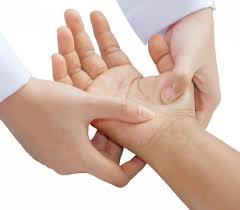Anyone who has visited our office knows that Dr. Foster and his family practice a very healthy lifestyle. “We’re that type of family,” says Broocks Foster, Scott’s wife. “We eat grilled chicken and lots of vegetables and salads, and stay away from sodas and desserts.” Not only that, but Scott also walks miles each day helping people at his practice, and can often be found out on the golf course in free time.
It was a total shock when, in the middle of the night on July 1, 2016, Broocks awoke to find Scott unable to communicate and realized he was having a stroke. “It was beyond comprehension,” Broocks says. “How could this man, a husband and father, a health provider, and in such good shape, leave the house under the strobe of ambulance light?”
Luckily Scott was taken to the hospital quickly and immediately received stroke care procedures. He initially suffered typical stroke symptoms, being unable to walk and communicate, but after four days in the intensive care unit at the hospital he began showing miraculous signs of recovery. “He went from right-side weakness and slurred speech to walking independently and nearly normal speech in just a matter of days,” Broocks shares.
With no family history or medical history of high cholesterol, initially the cause of the stroke was a mystery. But the doctors were able to link Scott’s stroke to sleep apnea.
Sleep apnea is a sleep disorder where the airway is blocked briefly and repeatedly. It causes interrupted sleep which leads to daytime fatigue, and oxygen starvation, which can lead to serious issues such as high blood pressure, chronic heart failure and stroke. The American Sleep Apnea Association estimates that over 22 million Americanssuffer from sleep apnea, with 80 percent of the cases of moderate or severe obstructive sleep apnea undiagnosed.
It is important to get treated for sleep apnea, as treatment will not only help you feel better and be more energetic during the day but can also help with the other cardiac-related issues. Most of the time sleep apnea is diagnosed through a sleep study. Treatment options include using a CPAP (continuous positive airway pressure) machine while sleeping, or a dental appliance.
Chiropractic care can also help with sleep apnea. Adjustments to relax muscles can help promote proper breathing. And paying attention to a healthy lifestyle will also help with feeling better, both day and night.
If you have been diagnosed with sleep apnea or feel you might be having symptoms, come in for a consultation with Dr. Foster. As someone who has first-hand experience, Dr. Foster is ready to help address the symptoms and help you find a path to better health. We can help work with you to find the right treatments and get feeling better with more energy to do the things you want to do in your life!








